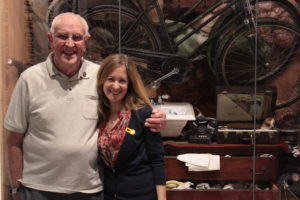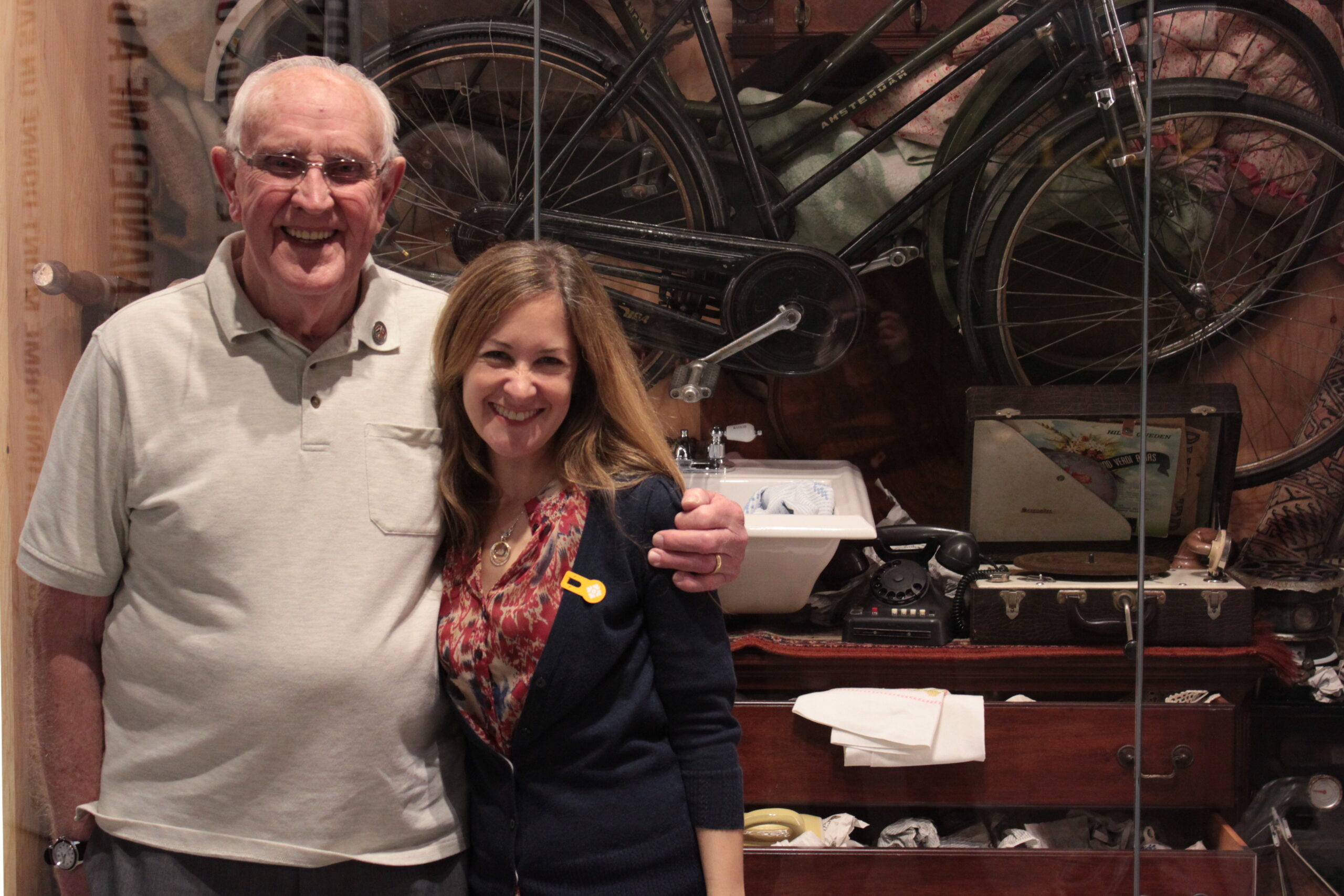 Meet George Zwaagstra. I spent the day with him at Halifax’s newly renovated Canadian Museum of Immigration at Pier 21 where we spoke about the wave of immigrants who flooded this port from 1928 till 1971 in search of a better life and hope for their future. Some were displaced by war, others were war brides, still others persecuted for any number of reasons. No matter what brought them here, Canada’s immigration policies and initiatives – along with its strong focus on multicuturalism have had tremendous impact on the Canada we live in today.
Meet George Zwaagstra. I spent the day with him at Halifax’s newly renovated Canadian Museum of Immigration at Pier 21 where we spoke about the wave of immigrants who flooded this port from 1928 till 1971 in search of a better life and hope for their future. Some were displaced by war, others were war brides, still others persecuted for any number of reasons. No matter what brought them here, Canada’s immigration policies and initiatives – along with its strong focus on multicuturalism have had tremendous impact on the Canada we live in today.
George arrived with his parents and brother from the Netherlands – a country struggling for stability post-WWII – on April 27 1951 at the age of 17. Some of his belongings sit behind us in the gallery, reflections of a time where possessions were weighed, inspected and valued on a scale only fellow immigrants would understand.
Immediately put to work on a farm outside of Halifax and introduced to the frigid Canadian winters, George’s story is not unlike many other emigres to the country. Yet, despite its initial challenges, George quickly made a life for himself in his adopted home. Eventually finding a Dutch wife, he settled down, had kids, joined the Royal Canadian Air Force, got into construction, worked at the CBC for years and is now retired.
 Today, he spends much of his time right here – volunteering as a guide at Pier 21, a place he now calls his third home, where new bonds have been forged and new meaning is proferred to the word “immigration”: the chance to give back to the place he’s called home for so long, a place that took him in, offering new opportunities and adventure from which he’s never looked back.
Today, he spends much of his time right here – volunteering as a guide at Pier 21, a place he now calls his third home, where new bonds have been forged and new meaning is proferred to the word “immigration”: the chance to give back to the place he’s called home for so long, a place that took him in, offering new opportunities and adventure from which he’s never looked back.

